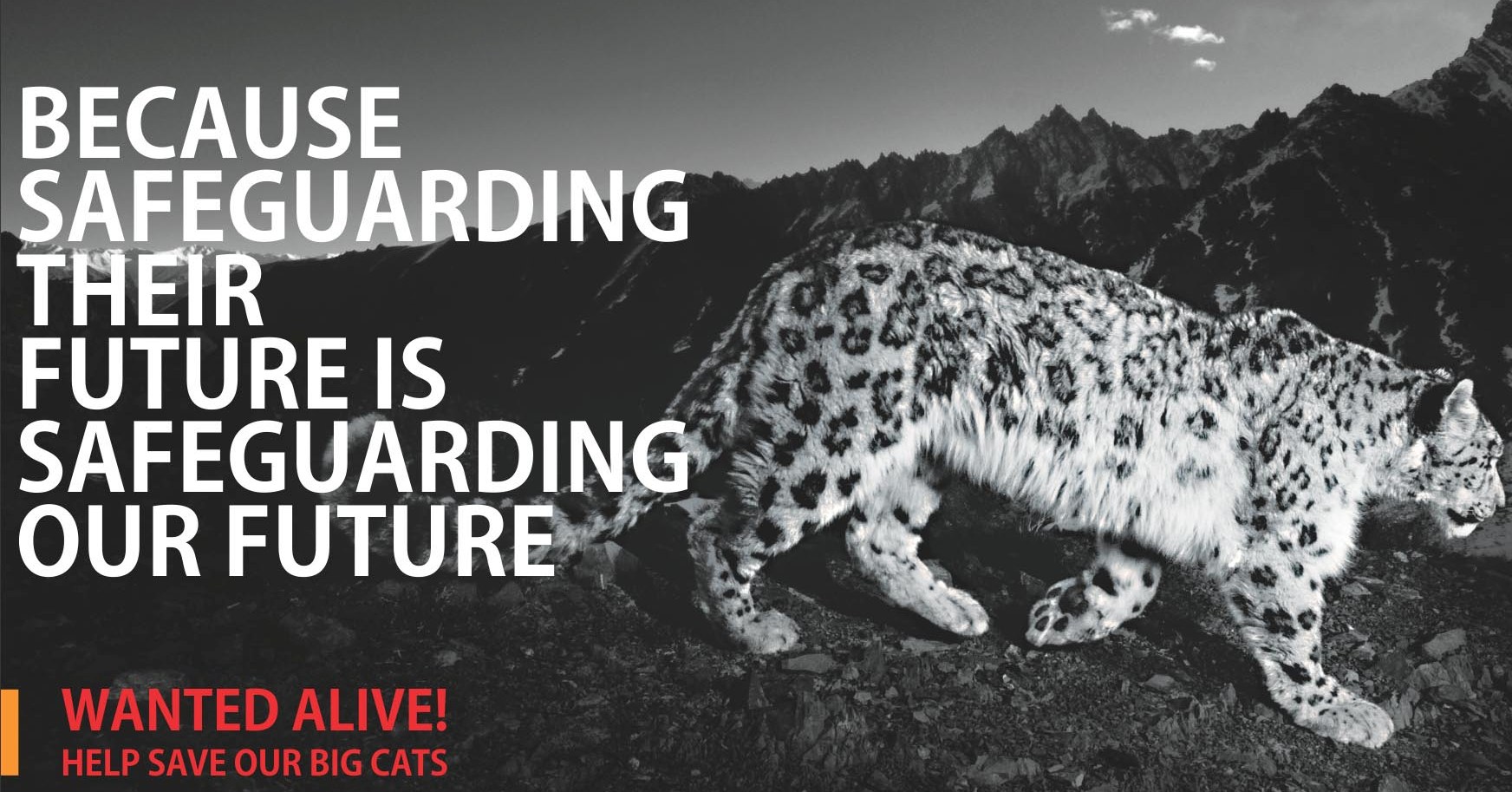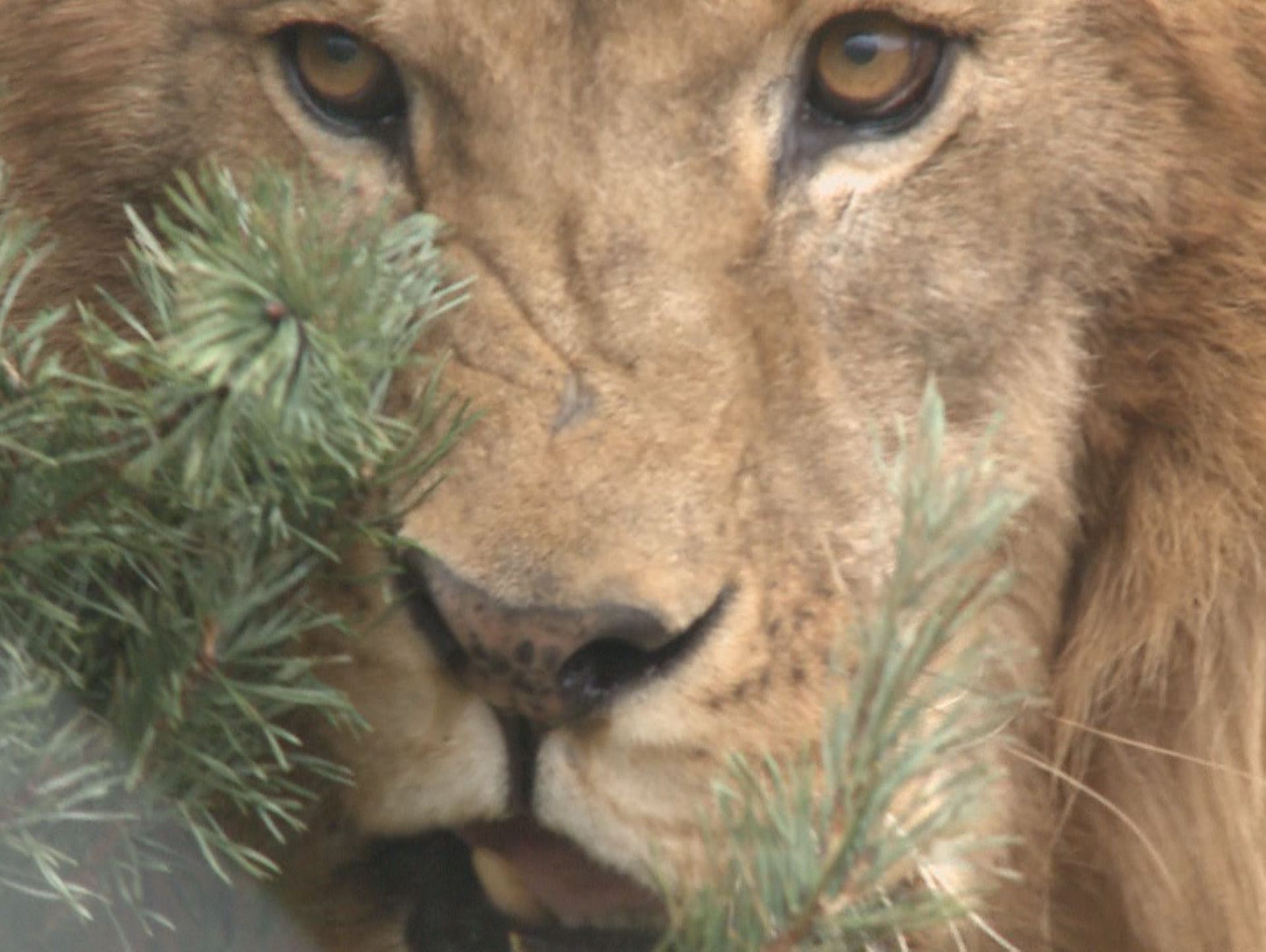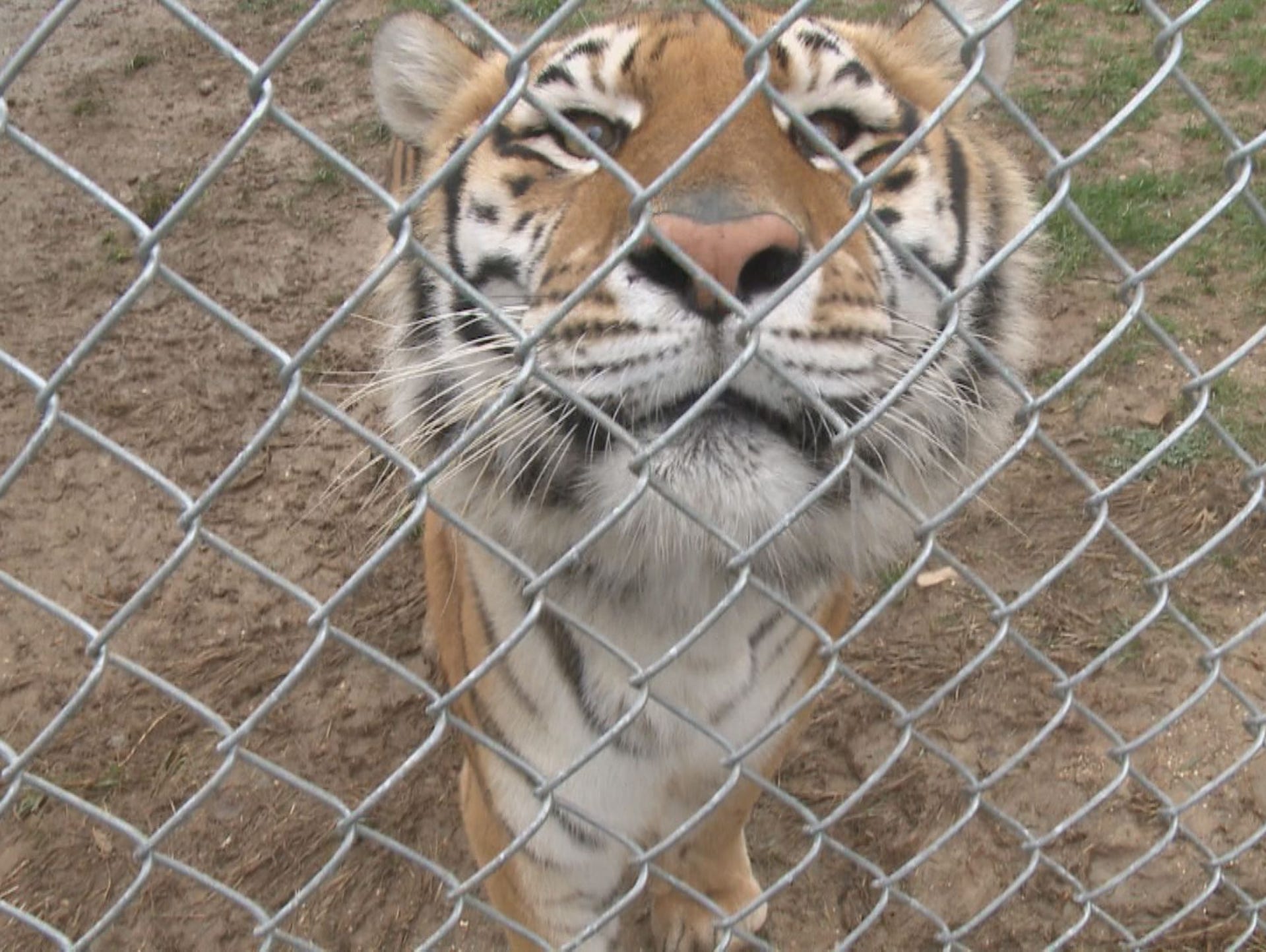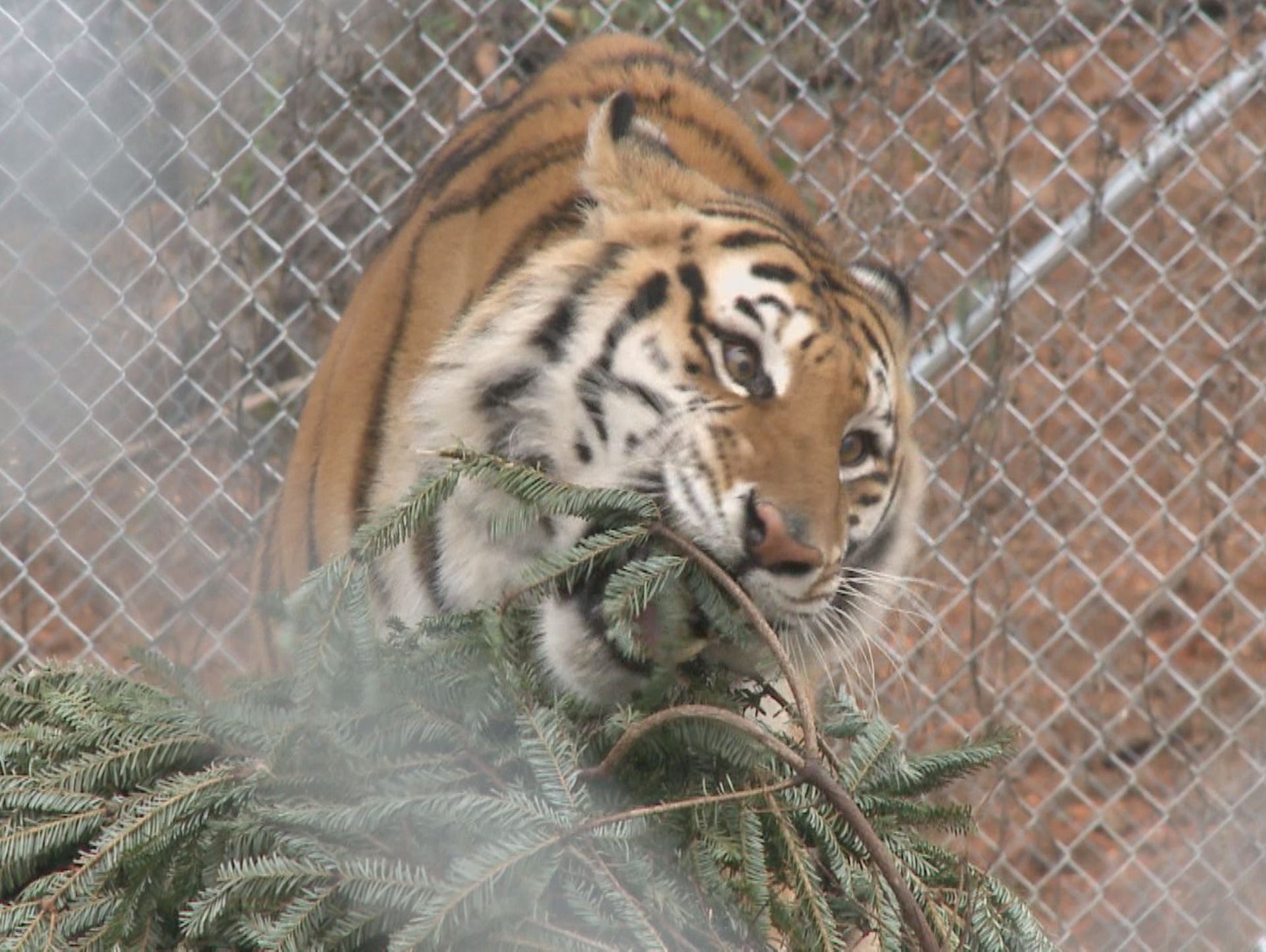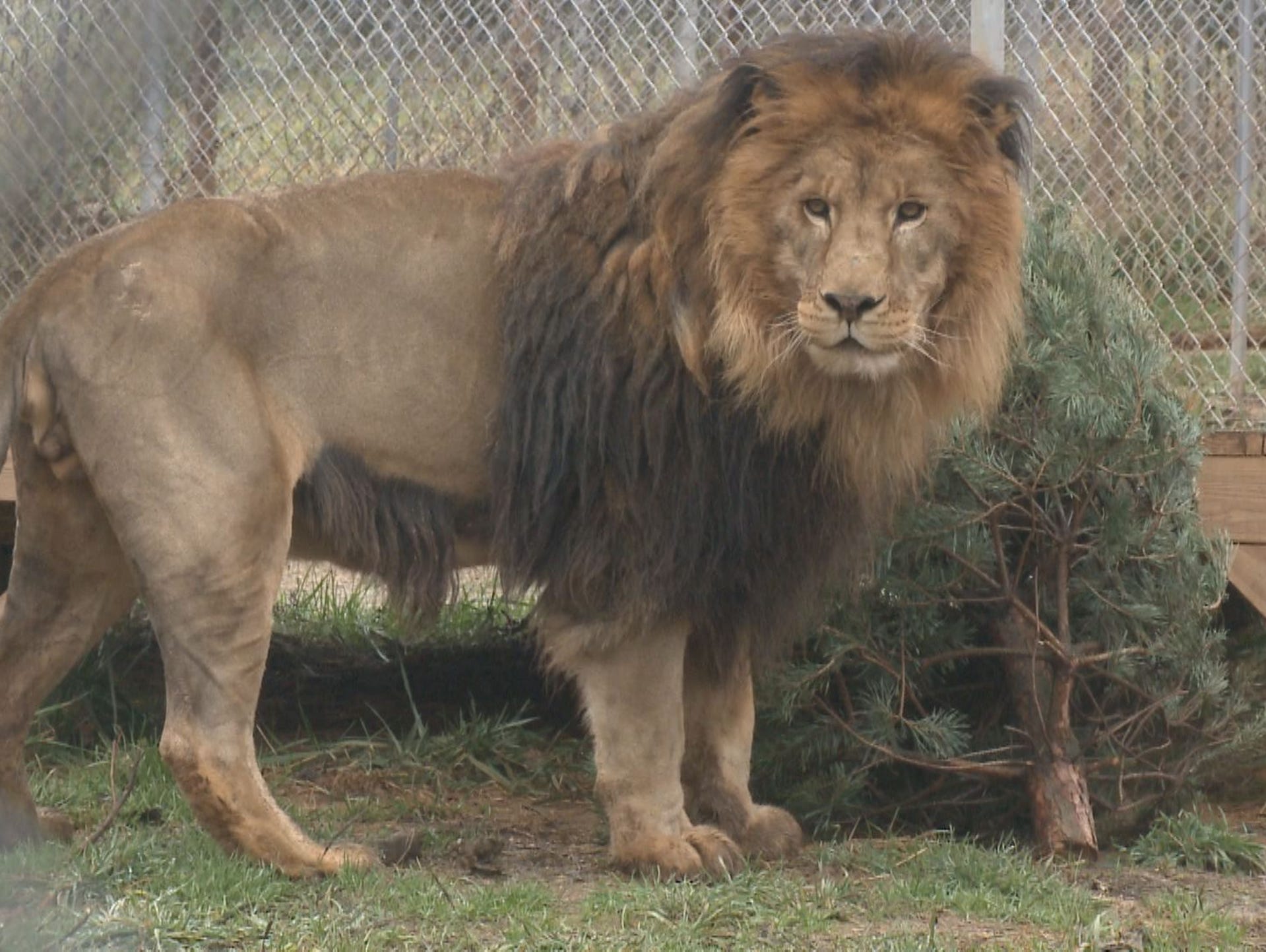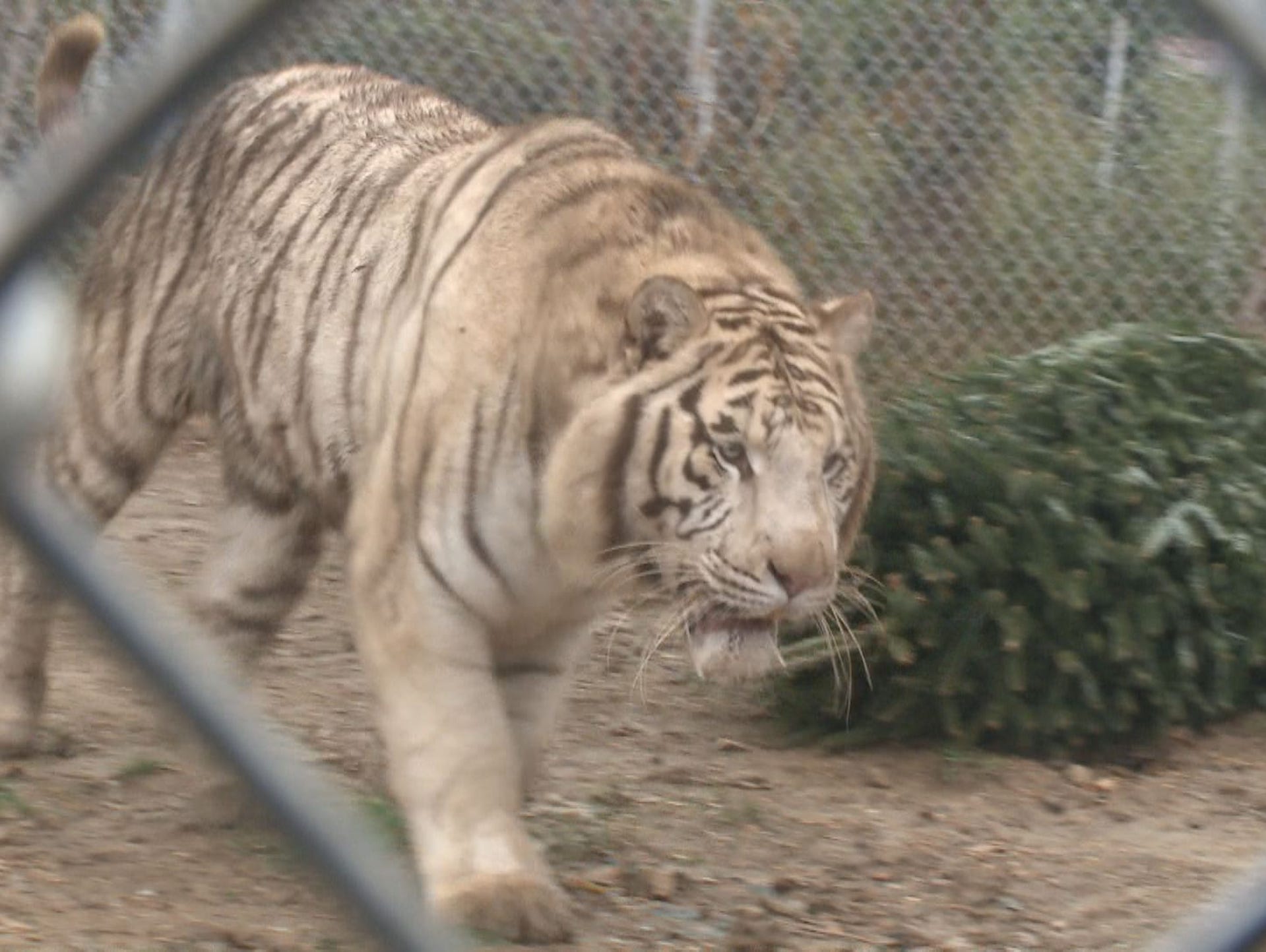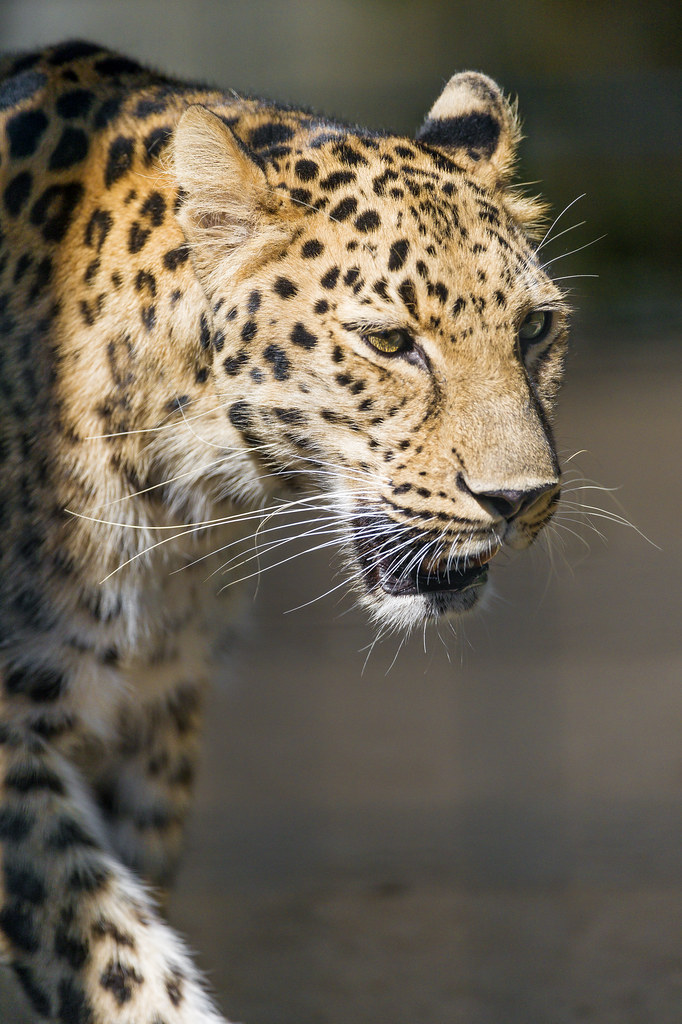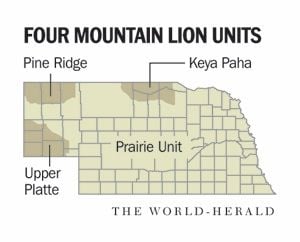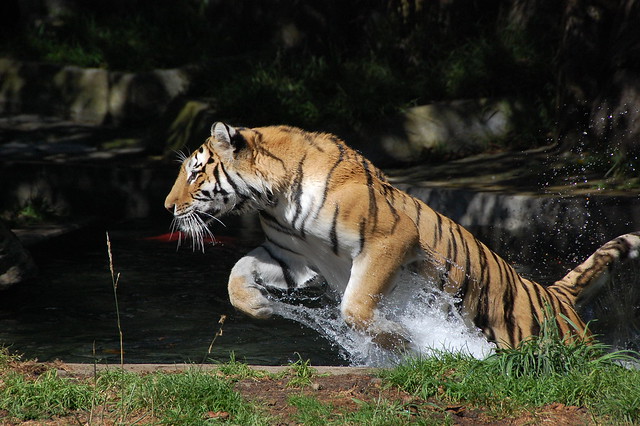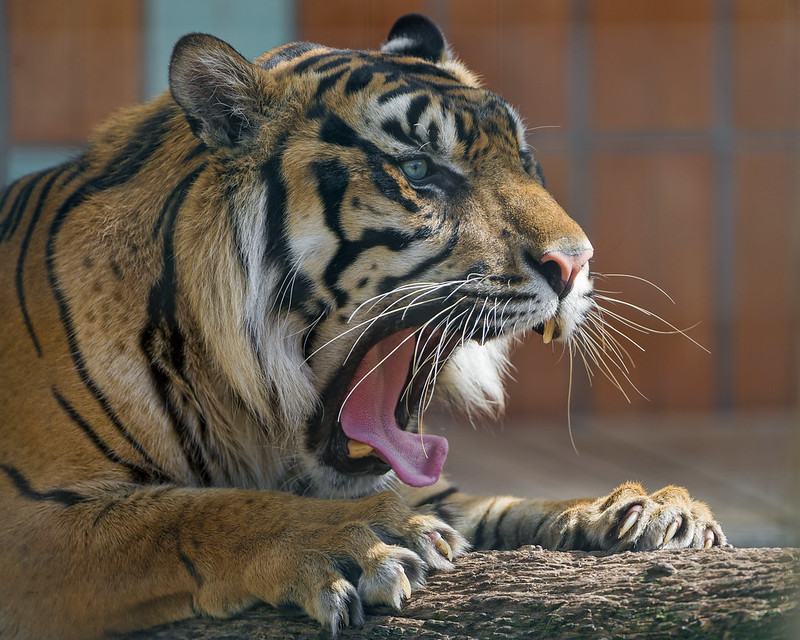
David Hendee
This young male mountain lion was found northeast of Harrison,
Nebraska. Shot by 16-year-old Holden Bruce, it was one of two cats
killed on Jan. 2 during the opening days of the state’s first cougar
hunting season. In all, hunters killed five cats in 2014, and 11 more
were killed by other means. Nebraska Game and Parks biologists are now
left to consider cougar population data to determine if there will be
another hunting season in 2015.
- Nebraska mountain lion mortalities in 2014
- Total statewide — 16
Males: 6 (4 in Pine Ridge)
Females: 10 (8 in Pine Ridge)
Legal hunting — 5
Pine Ridge Unit: 3
(2 males, 1 female)
Prairie Unit: 2 (1 male, 1 female)
Other causes* — 11
* Illegal hunting, traps, vehicles, etc.
How many mountain lions live in the Pine Ridge?
Scientific
studies indicate an estimated population of 22 cougars resided in the
Pine Ridge during May and June 2014. Population estimates are not
available for other areas of Nebraska.
Source: Nebraska Game and Parks Commission
- Cougar hunting permits rake in more than $53,000
- Nebraskans who applied for permits to hunt a mountain lion
added more than $53,000 to the Nebraska Game and Parks Commission’s
cougar research and management fund this year.
Tom Ferry of Ponca paid $13,500 at auction to be one of the first two hunters in the Pine Ridge Unit last January.
The
commission also raised nearly $40,000 from the sale of $15 permits.
Nearly 400 were applications for 100 lottery permits to hunt in the Pine
Ridge. More than 2,250 were for permits to hunt in the Prairie Unit,
which covers most of the rest of Nebraska, according to Patrick Cole,
budget and fiscal administrator. — David Hendee
Posted: Monday, December 29, 2014
By David Hendee / World-Herald Bureau
LINCOLN — This was
the year of the mountain lion in Nebraska — from the ridges and canyons
of the Pine Ridge to the halls of the State Capitol.
But the landscape is shifting in 2015. After a year in which more female
mountain lions were killed than what wildlife biologists say may be
good for the population, prospects for continued hunting are uncertain.
Meanwhile, in the Nebraska
Legislature, legislative lion Sen. Ernie Chambers of Omaha plans to try
again to repeal the law giving the Nebraska Game and Parks Commission
the authority to establish cougar seasons. “Wildlife belongs to the populace
of the state,” Chambers said. “I don’t think the best interests of the
public or wildlife have been given proper consideration.”
Regardless of any legislative
action, cougar hunters won’t be in the field again next year unless the
commission authorizes a season. And the commission is stepping back to
analyze the impact of this inaugural year of mountain lion hunting that
saw hunters kill five cougars. At least 11 cats died by other means,
including from illegal hunting, traps and being hit by vehicles.
Game and Parks Director Jim
Douglas said wildlife biologists have a lot to learn from the state’s
first regulated mountain lion hunting season. He is preparing a report
to brief commissioners in January, and he declined to say whether he
thinks there could be a season in 2015. “Non-hunting (mountain lion)
mortalities were high this year. Were they a new normal?” Douglas said.
“What additional research or mountain lion population estimates do we
need?”
One important factor is the
deaths of eight female cougars (by hunting and other causes) this year
in the Pine Ridge of northwest Nebraska, the center of the state’s
cougar population. The relatively high number of lost females reduces
the resiliency of the estimated population of 22 cats in the Pine Ridge
to withstand additional mortalities, biologists said.
Douglas’ report will be a
starting point for wildlife biologists and commissioners for eventually
determining if and when to sanction future cougar seasons. Douglas said
Game and Parks biologists are working closely with game agencies in
South Dakota and Wyoming — both of which conduct mountain lion hunting
seasons — to develop a more geographically comprehensive management
plan. Game and Parks views mountain
lions as a valuable part of the state’s ecosystem and has intensively
documented their return in Nebraska.
Mountain lions were a native
species to the state, until being driven out in 1890. They started
recolonizing northwest Nebraska in 1991. Kittens have been born in the
Pine Ridge every year since 2007. There also is recent evidence of
reproduction in the Wildcat Hills near Scottsbluff and the Niobrara
River valley near Valentine.
Wildlife biologists and lawmakers
navigated a trail of social and political issues to establish this
year’s mountain lion seasons after then-State Sen. LeRoy Louden of
Ellsworth shepherded the cougar hunting bill through the Legislature in
2012. His bill allowed the commission to start selling cougar hunting
permits at some point in the future. The future arrived in late 2013,
when permits went on sale via auction and lottery for use in 2014.
Interviews with Game and Parks
officials and agency emails obtained by The World-Herald indicate
commission biologists and others acknowledged there were people who
would never support hunting mountain lions. They also pledged to limit
the number of cats taken to sustainably manage the species.
Nearly two years ago, Sam Wilson,
carnivore program manager, emailed a Lincoln woman who said she didn’t
accept the argument that “we need to kill mountain lions in order to
save them.” “We understand,” Wilson said,
“that the people of Nebraska have strong opinions regarding mountain
lion management ranging from wanting complete protection to complete
eradication.”
Wilson explained that Nebraska’s
cougars are not an isolated population. They are genetically
interconnected with mountain lions in South Dakota, Wyoming and
Colorado. Nebraska’s cougars are at the eastern tip of an estimated
population of 25,000 to 50,000 mountain lions extending from Nebraska to
the Pacific Ocean.
Wilson said that the cats freely
migrate back and forth among the states and that his surveys have
indicated a small “sustainable harvest” of a few mountain lions could be
held in Nebraska without endangering the population. Since 1995, when mountain lions were first listed as a game animal, they had been protected from hunting in Nebraska. “This is what allowed the western population to establish itself in our state,” Wilson said.
Some cougars set off across
Nebraska in search of new territory. Wildlife biologists have confirmed
more than 100 sightings of mountain lions outside of the Pine Ridge
since 1991. Wilson said any cougar hunting in
Nebraska can be considered an extension of the hunting allowed in South
Dakota, Wyoming and other western states. The cougar recolonization of
the South Dakota Black Hills, North Dakota Badlands and Nebraska Pine
Ridge over the past two decades is a testament to reasonable mountain
lion management in western states, he said. Populations increased
despite hunting.
In another email to a hunting
opponent, Wilson said regulated hunting is better for the species than
people taking matters into their own hands. “This issue ... really boils down
to the premise that mountain lions have to be accepted in Nebraska by
the public, especially private landowners (and) livestock owners who
live with them on their land,” Wilson wrote.
Wilson acknowledged that many ranchers see mountain lions as a liability, posing a risk to livestock and children. He said the “shoot, shovel and
shut up” solution some ranchers use to deal with mountain lions is
illegal, although some landowners may prefer it to state laws governing
how to handle a lion that poses a threat. Nebraska law allows cougars to be
killed if they are stalking people or behaving aggressively. Ranchers
and farmers also may kill one if it is hunting or killing livestock.
There has been one documented incident of a cougar killing livestock in Nebraska. It happened this summer in the Sand Hills.
There have been no incidents of a
mountain lion attacking a human in Nebraska. Several mountain lions
that strayed into cities or were discovered around ranch and farm
buildings have been killed by law enforcement officers over the years to
ensure public safety.
Still, not every encounter with people ends badly for a mountain lion. One evening in August 2013, Ted
and Susan Vastine watched a cougar cross a pasture toward their house
nearly 3 miles south of Chadron. The big cat came into the yard, drank twice from a small pond and reclined nearby in the shade of several trees. Two Dawes County deputy sheriffs
arrived and joined the Vastines in watching the mountain lion from about
25 yards away for an hour. The couple told the officers they didn’t
want the animal harmed. The observers took photographs,
some with flashes to illuminate the scene. The lion ignored the
activity. They watched until it left the yard toward dark.
Greg Schenbeck, a Game and Parks
biologist at the Ponderosa Wildlife Management Area near Crawford, said
it was the first time the Vastines had seen the cougar on their
property, although it appeared that the cat was familiar with the yard
and available water. Game and Parks’ goal in
establishing the Pine Ridge cougar seasons this year was to provide
hunting opportunities while allowing a slight to moderate reduction in
the population. Nebraska conducted two 45-day seasons in the Pine Ridge
earlier this year for hunters with permits won in a lottery or at
auction. Cougar hunting is currently closed in the Pine Ridge.
Unlimited hunting continues,
however, in the Prairie Unit across most of the rest of Nebraska, where
habitat is not considered suitable for mountain lions. The season
remains open there through Wednesday for Nebraska residents who obtain a
$15 permit.
Chambers won legislative approval
of a bill earlier this year to take away Game and Parks’ authority to
establish mountain lion seasons, only to have it fail when he couldn’t
muster enough votes to overcome a veto by Gov. Dave Heineman. Chambers said will try again when the session opens next week. “It’s immoral,” he said.
Sen. Ken Schilz of Ogallala, who
wants to keep the state law allowing mountain lion hunting, expressed
doubt that Chambers can succeed in ending mountain lion hunting, even if
there is no season in 2015. Schilz is running for chairman of the
Legislature’s Natural Resources Committee, which would take up Chambers’
repeal bill. “I think it will be a challenge once again to pass a ban,” he said.
World-Herald staff writer Martha Stoddard contributed to this report.
source

